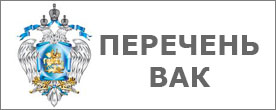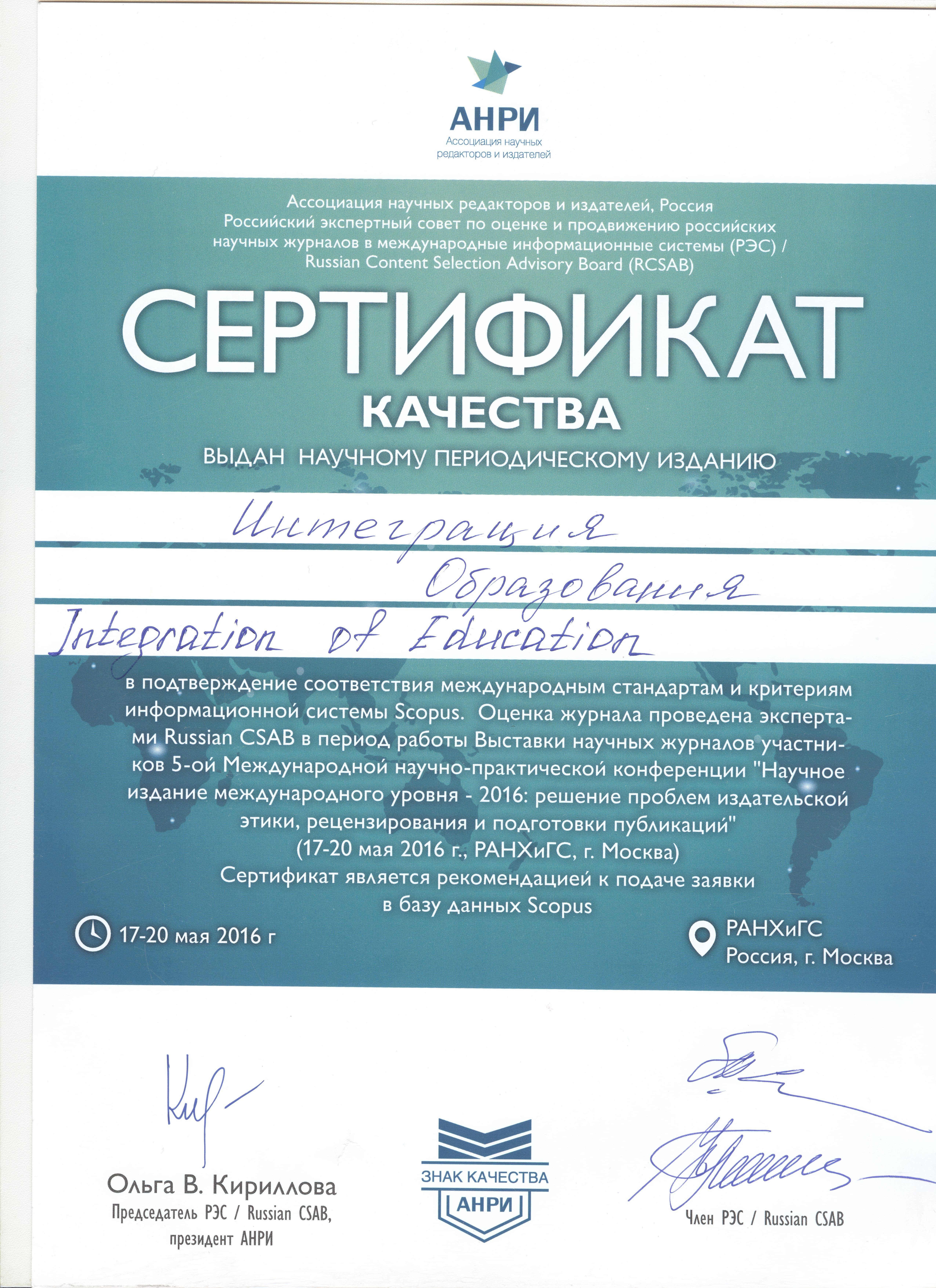UDK 378:316.356.2(574)
DOI: 10.15507/1991-9468.093.022.201804.712-727
The Effects of Family Capital on Kazakh Youth Strategies in the Choice of Higher Education
Meruert K. Shnarbekova
Senior Lecturer of Chair of Sociology and Social Work, al-Farabi Kazakh National University (71 Prospekt al-Farabi, Almaty 050040, Kazakhstan), Ph.D. (Sociology), ORCID: https://orcid.org/0000-0002-1350-2806, Scopus ID: 57200079996, Researcher ID: O-1500-2014, This email address is being protected from spambots. You need JavaScript enabled to view it.
Introduction. The article explores strategies of young people in the choice of higher education in Kazakhstan. There are discussions about the interrelations of family resources and socio-economic determined strategies of higher education choice, where the latter is viewed as the process involving a decision to continue / not to continue the study, university and specialty choice. The changes in the process of transformation of the economic capital of parents into the cultural capital of children and then into the economic capital of young people are analyzed for the first time in the context of post-Soviet Kazakhstan. The purpose of the article is to study the main mechanisms shaping the educational strategies of youth with different social and economic status.
Materials and Methods. Four sociological studies were conducted in 2014-2017, based both on qualitative and quantitative methods of data collection. This article presents results of research that was conducted among high school students of urban and rural, private (fee-paying) and public, general and specialized schools and their parents that represent different socio-economic groups. The sample size is 500 respondents.
Results. On the basis of developed methodology of integrated assessment of family resource potential, the direct and indirect impact of family resources on youth strategies in higher education choice has been revealed. Direct impact is seen in the range of available higher education institutions. In case of insufficient family resource potential, young people face economic difficulties related to the payment of education. In this case, the yang people are on participating in the distribution of educational grants, on receiving social benefits while entering the university. While indirect influence has a hidden character, it manifests in the differentiation of the level of a starting educational capital. The high resource potential of the family allows parents to send a child to private school, to pay extra (paid) courses, thus forming the foundation for the accumulation of high educational capital in advance. In this aspect, young people with low family resource potential become less competitive in the sphere of higher education. This category of youth faces structural barriers, which manifested in a low level of start-up education al capital.
Discussion and Conclusion. The research tools of youth strategies in higher education choice could be applied in the work of scientific and research organizations and state bodies, scientists and experts. The obtained scientific data and results provide relevant and reliable information to reduce or eliminate barriers specific to young people of “unprivileged” groups.
Keywords: choice of higher education, influence of family capital, choice of university, social background, educational plan, social capital, family cultural capital
Acknowledgments. The study was carried out within the framework of the project of the Committee of Science of the Ministry of Education and Science of the Republic of Kazakhstan (MES RK) “Sociological indicators for measuring the competitiveness of Kazakhstan university graduates in the professional labor market: comparative country study” 5480/GF4 (2014-2017). The author is grateful to the editorial staff and reviewers for useful comments and recommendations.
For citation: Shnarbekova M.K. The Effects of Family Capital on Kazakh Youth Strategies in the Choice of Higher Education. Integratsiya obrazovaniya = Integration of Education. 2018; 22(4):712-727. DOI: 10.15507/1991-9468.093.022.201804.712-727
The author has read and approved the final manuscript.
Submitted 11.06.2018; revised 17.09.2018; published online 28.12.2018.

This work is licensed under a Creative Commons Attribution 4.0 License.





























